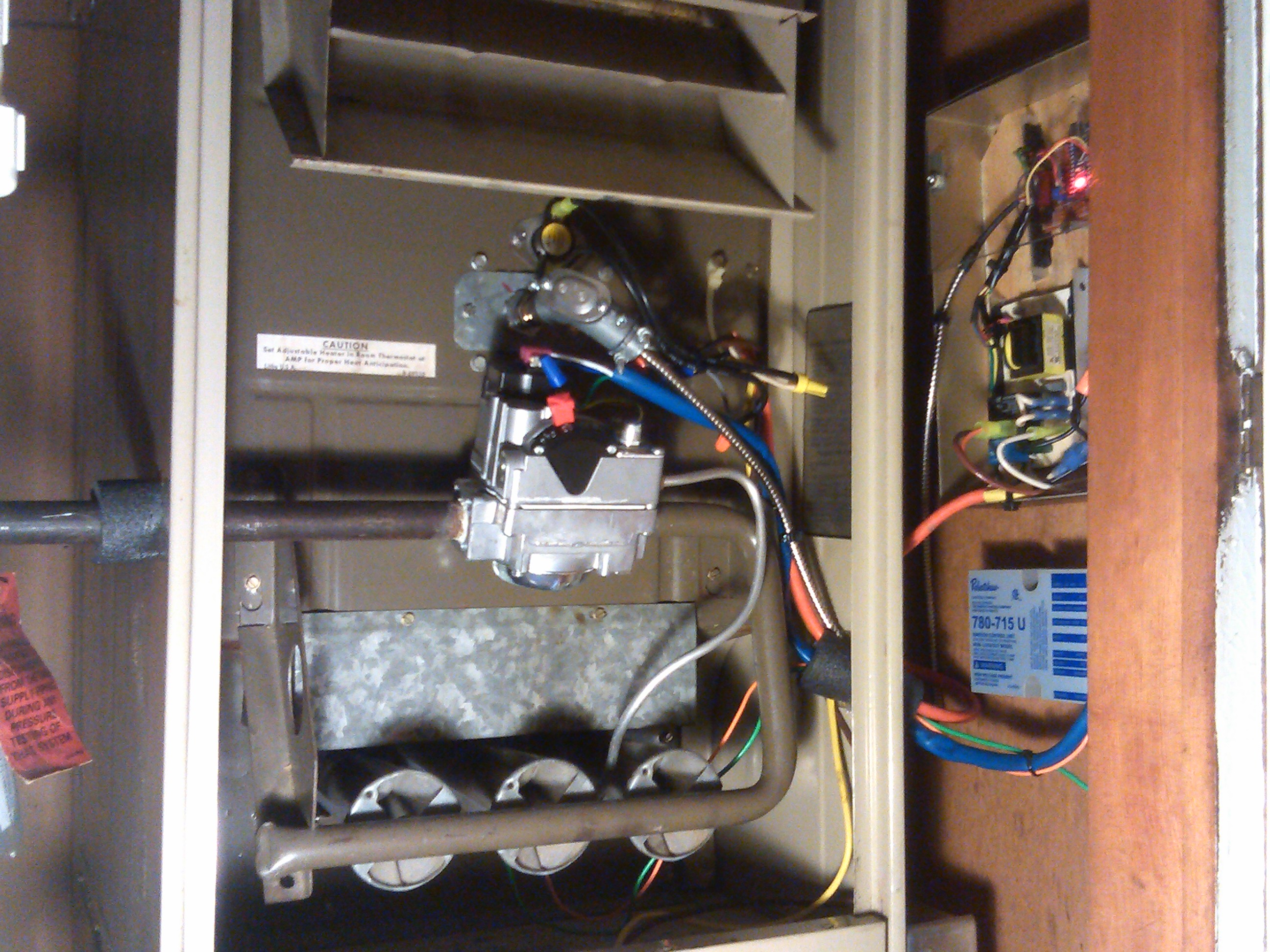Temperature Limit Switch 16 Amp
Open the refrigerator and the light comes on. Close the door and the light should go off. That small light switch is actually a limit switch at work.
It limits the time the light is on so it is not operating when the door is closed. When the laundry washing machine is under the agitation cycle and you open the top lid, the agitator stops it motion. The switch is hidden from view but the cycle appears to stop. The limit switch that sets just under the top frame cover, removes the “control” voltage from the circuit and stops the washing machine in mid cycle. This type of use for a limit switch is known as a safety limit. Big Industrial Machines. People and equipment that are placed in an industrial setting are kept safe by the operation of limit switches.
Limit switches generally shut a machine “off” when an action exceeds its travel or position. In other words, if a robot malfunctions, the limit switch will shut down the power to the movement control circuit in much the same way the washing machine stops moving when you open the lid. When you hear the ”beep-beep” of a large truck moving backwards, a limit switch was energized when the driver shifted that vehicle into reverse. This action caused electrical power to go to the back-up beeper horn in order to warn people of the action. Limits come in a variety of sizes and shapes, from the size of a loaf of bread to ones so small it may take a magnifying glass to see where to connect the wires. Many limit switches are simple contacts that become electrically conductive in the same way as when you turn on the light switch in the home.

Others types of limit switches are called optical proximity switches or magnetic proximity switches. Optical proximity switches utilize two different components. One component shoots an infrared light beam to a receiver mounted at a straight distance away.
Much like the television remote does to change the channel. If that light beam is broken, the optical proximity limit switch will open, ”turn off” or close “turn on” a circuit to switch the electrical power. A magnetic proximity limit switch is a singular device that will also turn on or turn off when it comes close to a piece of metal. Regardless of the types or sizes of limit switches, these devices can only accomplish a task of activation or deactivation.
Temperature Limit Switch 16 Amp Switch


Limit Switch TestingThe limit switch is a normally closed switch in series with thesail switch and the thermostat. Being temperature actuated, it is designed to'snap open' when an over temperature condition occurs.
Thus the switch isnormally opening under full load conditions and that causes arcing of thecontacts. Over a period of time the contacts can become pitted, corroded orintermittent. It is easy enough to just replace the old limit switch!
Temperature Limit Switch 16 Amp Wiring
However,if you don't have one handy, it's also easy enough to check the performance ofthe old switch. When the switch is closed, the contact resistance as measuredwith any decent Ohmmeter, digital or analog, should be less than a tenth (0.1)of an Ohm. The maximum current that flows through the switch is the currenttaken by the circuit board plus the current taken by the gas valve assembly.Normally this total is less than 1 amp. The maximum of 1 amp and 0.1 Ohms is amaximum voltage drop of 0.1 volts across the switch.
Several testing methodscan be used to check the limit switch.Test method 1: The preferred (but notalways the easiest) methodby PhilipArmstrongWith the furnace in full operation, connect a digital voltmeteracross the two connections of the limit switch. The voltage drop should be lessthan or a maximum of 0.1 VDC. The switch should be immediately suspect if thevoltage drop is 0.2 VDC or higher (Fig.
1 indicates a bad limit switch).Fig. 1)Test method 2: Using anOhmmeter Verify that your ohmmeter will read '0' when the two leads areshorted together. The meter should read between '0' and '0.1' Ohms. Remove theswitch or at least disconnect the wires from it and connect an Ohmmeter-set itto the lowest possible range-across the switch. Now depress and release thesnap action surface of the switch a dozen or so times. Each time you press onit, the switch should go from OPEN to CLOSED with each closure being a reliable0.1 Ohms or less. Anything higher is cause for replacement (Fig.
2 shows a goodswitch).Fig. 2)Test method 3: Using a batteryoperated continuity tester Using a continuity tester with a built in battery and lamp - theone we used has two AA cells and when the batteries are new, the currentthrough the switch is about 0.29 Amps. With the continuity tester connectedacross the limit switch (Fig. 3), the light should be just as bright as whenthe continuity tester leads are shorted together. Do the OPEN and CLOSED testas described in the Ohmmeter test procedure and the light should be the samebrightness for each OPEN and CLOSE sequence.
The test light method is the leastpreferred test procedure because you just cannot detect the minute variationswith the light that you can with a meter.Fig.